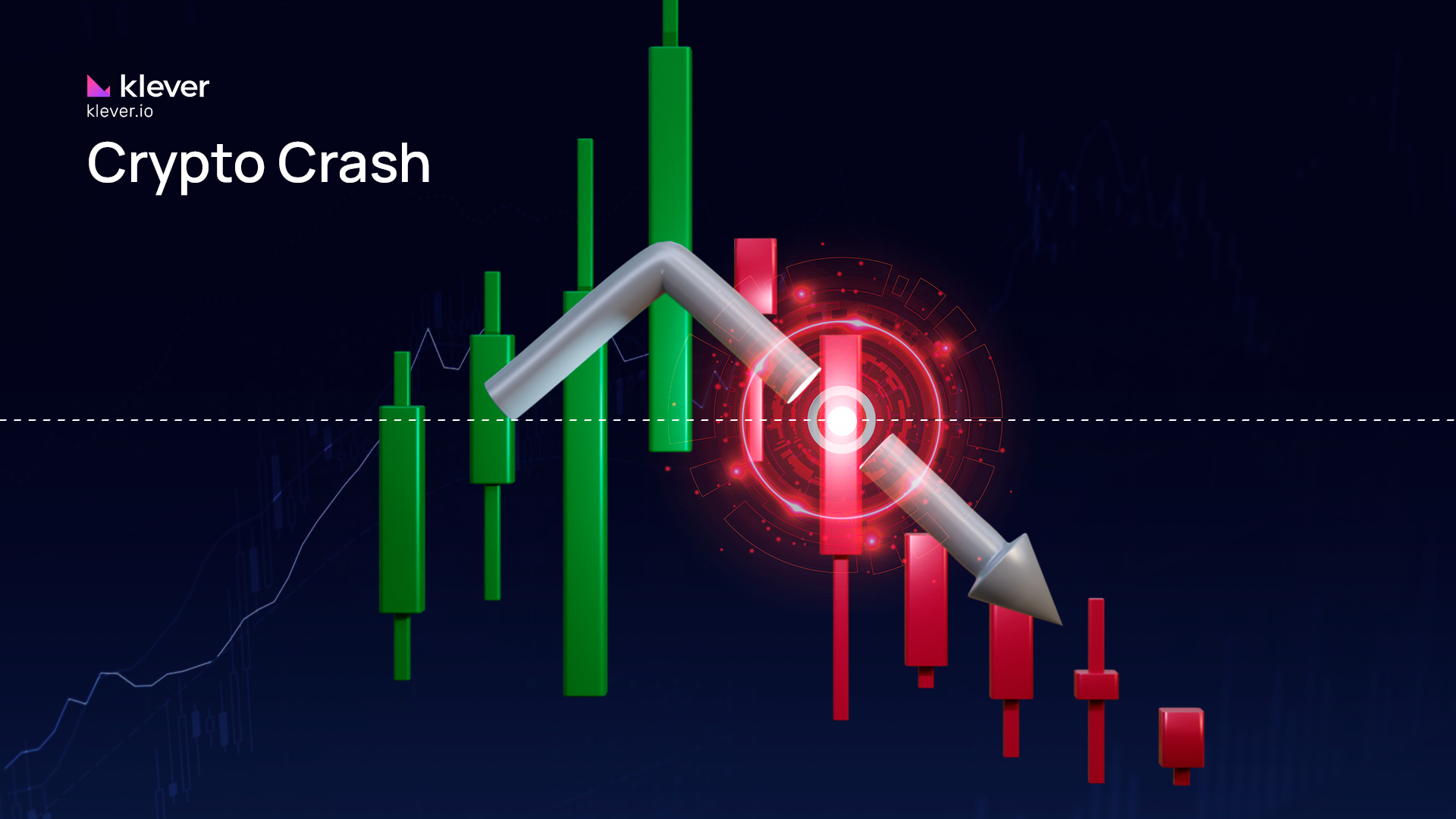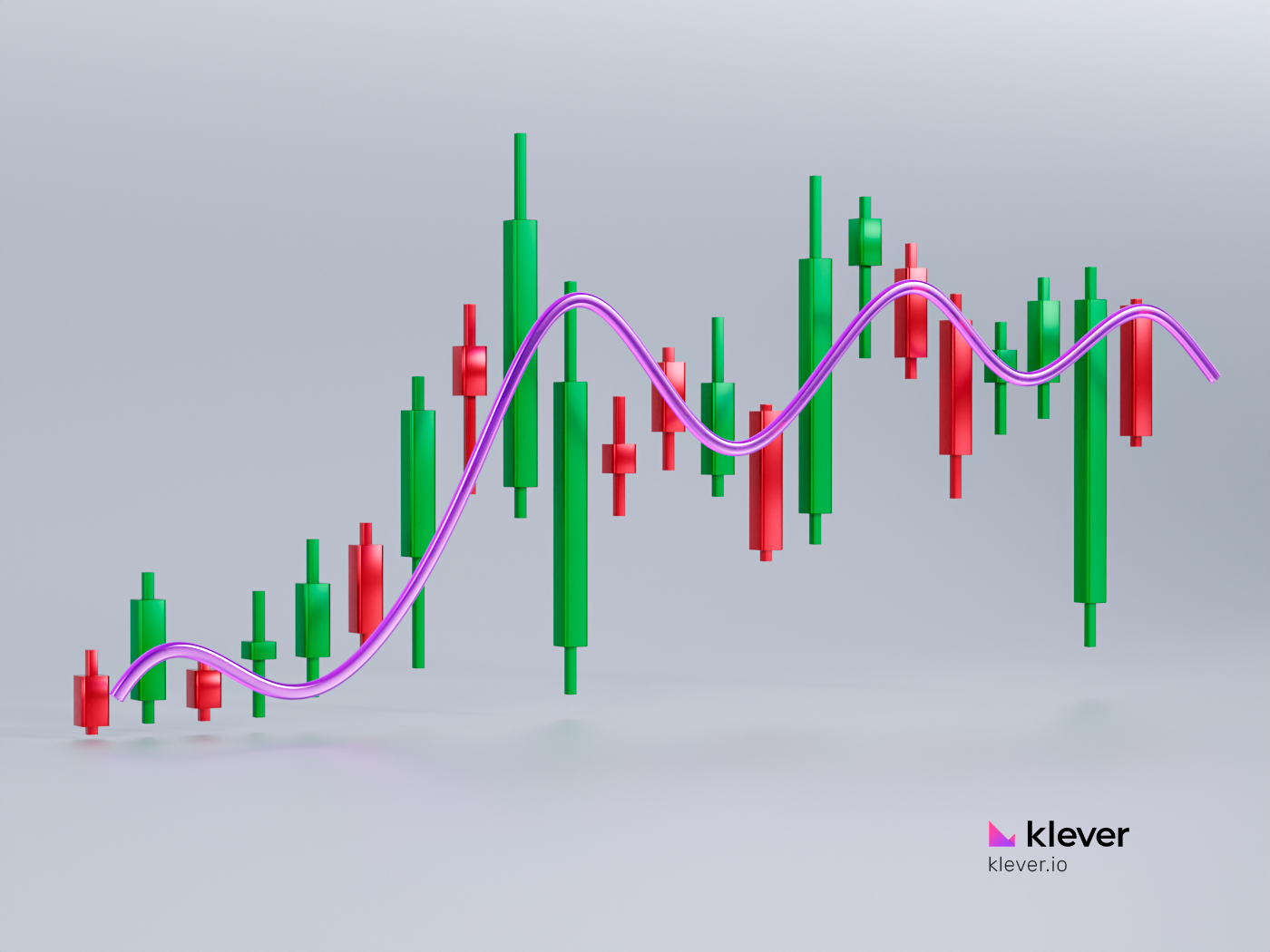Causes, Impact, and Recovery of the Cryptocurrency Market
The cryptocurrency market, known for its bull runs and bear dips, took a steep dive into a bear market in 2022 and 2023. This period, now etched in the annals of crypto history as the ‘crypto crash,’ saw prices fall dramatically. Investors worldwide, both bulls and bears, were left seeking answers.
What triggered this market crash? Why did the once-thriving crypto market plunge into a ‘crypto winter’? Understanding the factors that led to this fall is crucial for navigating the volatile crypto landscape.
This article aims to demystify these questions, providing a comprehensive look into the causes, impacts, and subsequent recovery from the 2022-2023 crypto crash.
II. Causes of the Crypto Crash
The crypto crash of 2022-2023 was not a result of a single event but rather a culmination of several factors that created a perfect storm for the market downturn.
A. Market Factors
One of the first dominoes to fall was the collapse of FTX in 2022. As one of the largest crypto exchanges, its downfall sent shockwaves through the market. The crypto market lost over $200 billion in value within 24 hours of the announcement, leading to a significant drop in crypto prices.
B. Macroeconomic Factors
The U.S. Federal Reserve’s stance on interest rate hikes also played a significant role in the crypto crash. As the Fed signaled a tightening monetary policy to combat inflation at a 40-year high of 7.5% in January 2023, investors became wary of riskier assets, including cryptocurrencies. This shift in sentiment led to a sell-off in the crypto market, further driving down prices.
C. Political Factors
Geopolitical tensions also played a role. The war between Russia and Ukraine created uncertainty in global financial markets. The conflict led to a 10% drop in Bitcoin’s price within a week of the invasion as investors moved away from riskier assets, including cryptocurrencies.
D. Regulatory Factors
Regulatory pressures and financial enforcement actions also contributed to the market crash. The SEC’s lawsuit against Ripple, alleging that its XRP token was a security, created a climate of uncertainty. The case led to a 30% drop in XRP’s price within 24 hours of the announcement.
The SEC didn’t stop at Ripple. It launched lawsuits against major platforms like Binance and Coinbase, identifying 19 tokens as securities. These actions further intensified the regulatory pressures on the crypto market, leading to more sell-offs and contributing to the bear market.
E. Investor Sentiment
Lastly, investor sentiment, influenced by factors such as record-high inflation, fear, rising interest rates, and a loss of confidence in crypto investments, played a significant role in the crash. As these factors converged, the crypto market, once dominated by bulls, was overtaken by bears, leading to the crypto winter of 2022-2023.
III. Impact of the Crash
The crypto crash had far-reaching effects, impacting individual cryptocurrencies and the broader financial ecosystem.
A. Impact on Major Cryptocurrencies
Major cryptocurrencies like Bitcoin and Ethereum were not immune to the crash. Bitcoin, the largest cryptocurrency by market cap, saw its price drop from a high of around $65,000 in November 2021 to below $15,000 in November 2022, exactly a year later. Similarly, Ethereum’s price plummeted from over $4,000 to below $2,000 during the same period.
B. Impact on Crypto Exchanges and Platforms
Crypto exchanges and platforms also felt the heat. Coinbase, one of the largest crypto exchanges, saw its user activity decrease by 20% in the first quarter of 2023. The decline in trading activity directly resulted from the crash, as investors became more cautious.
FTX, one of the largest crypto exchanges, faced a significant blow with the crash. Its collapse in 2022 was a major trigger for the market downturn. Sam Bankman-Fried, the founder of FTX, was at the center of the storm, with his reputation taking a hit due to the crash.
C. Impact on Traditional Markets
The crypto crash also had a ripple effect on traditional markets. The Dow Jones Industrial Average and the S&P 500 both experienced increased volatility during the crash. Although these conventional markets did not experience the same level of decline as the crypto market, the correlation between these markets highlighted the growing influence of cryptocurrencies on the global financial system.
IV. Recovery from the Crash
Despite the significant downturn, the crypto market showed signs of resilience and recovery in 2023.
A. Signs of Recovery
As of June 2023, Bitcoin, the leading cryptocurrency, grappled with a short-term resistance level near $31,000. This occurred during a wave of optimism in the altcoin market, buoyed by the SEC vs Ripple case resolution. Without a surge in bullish momentum, Bitcoin could retreat to a support level of around $28,000. Bitcoin’s market dominance had slipped below 50 percent.
Meanwhile, Ethereum was on a fluctuating trajectory. By the end of June 2023, Ethereum’s price had climbed to over $1,900, marking a notable recovery from its earlier lows. However, as we moved into July, the price experienced a dip, reflecting the volatile nature of the crypto market.
B. Factors Contributing to the Recovery
Several factors contributed to this recovery. One of the most significant was Ripple’s victory on July 13, 2023, SEC lawsuit. The court’s decision that Ripple’s sale of XRP did not constitute an offer of investment contracts was a significant win for the company and the crypto market. This decision led to an immediate 15% increase in XRP’s price, surging by over 70% in the following hours, reaching a 24-hour high of $0.86.
Other factors that contributed to the recovery included a weakening dollar and a pause in rate hikes in the United States, which led to a surge in the crypto market. Additionally, the crypto market’s history of significant dips and recoveries also played a role in the market’s resilience.
Greater acceptance by businesses and higher consumer demand also pointed to higher Bitcoin prices and a general recovery in the crypto market. Despite the challenging circumstances, the crypto market showed signs of recovery, demonstrating its resilience in adversity.
C. The Concept of ‘Crypto Winter’
The concept of a ‘crypto winter,’ a period of market downturn followed by a slow recovery, is not new in the crypto world. The crypto market has historically shown resilience in such winters, with prices eventually rebounding. Although slower than previous recoveries, the recovery in the first half of 2023 is a testament to this resilience.
D. Ripple’s Victory and Its Impact
Ripple’s victory in the SEC lawsuit had a broader impact on the crypto market. It provided a degree of regulatory clarity lacking in the crypto space. This clarity will likely play a crucial role in the future growth of the crypto market. XRP investors, as evidenced by the significant price surge, underscore the market’s positive response to this legal victory.
E. The Recovery and the Future
As we moved into the second half of 2023, the crypto market showed signs of recovery. Bitcoin and other major cryptocurrencies surged to new 12-month highs in June, fueled by news that major financial institutions were planning significant new products in the digital assets space. BlackRock and other leading U.S. asset managers appealed to the Securities and Exchange Commission to approve a new form of Bitcoin exchange-traded fund, and a consortium of Wall Street heavyweights launched a new crypto exchange called EDX Markets.
The total market capitalization of the global cryptocurrency market, which peaked at over $2.9 trillion in November 2021, took a big hit during the crypto winter in 2022. That market cap now stands at just $1.2 trillion heading into the second half of 2023. Despite the challenging circumstances, the crypto market showed signs of recovery, demonstrating its resilience in adversity.
In conclusion, the crypto crash of 2022-2023 was a significant event in the history of cryptocurrencies. It served as a reminder of the market’s volatility and the importance of regulatory clarity. However, since then, the market’s recovery and the positive developments in the crypto space have provided hope for a brighter future.
One key takeaway from the crypto crash is keeping your funds secure. It’s always a good practice to keep your cryptocurrencies off exchanges when not actively trading. For this, consider using the Klever Wallet. It’s a secure and user-friendly platform that allows you to buy, sell, and store a wide range of cryptocurrencies. With Klever Wallet, you have complete control over your private keys, providing additional security for your crypto assets.
Download the Klever Wallet today and start your crypto journey with security and peace of mind!








